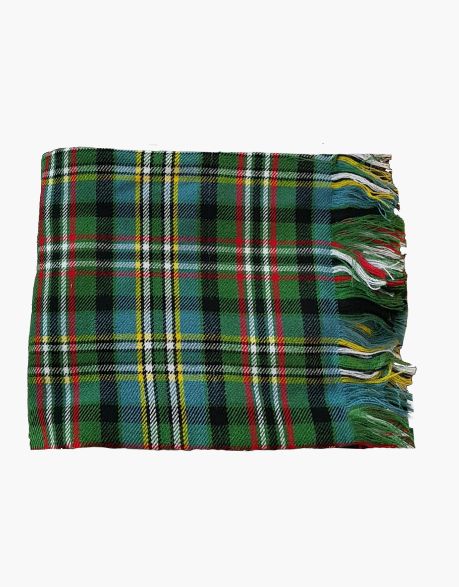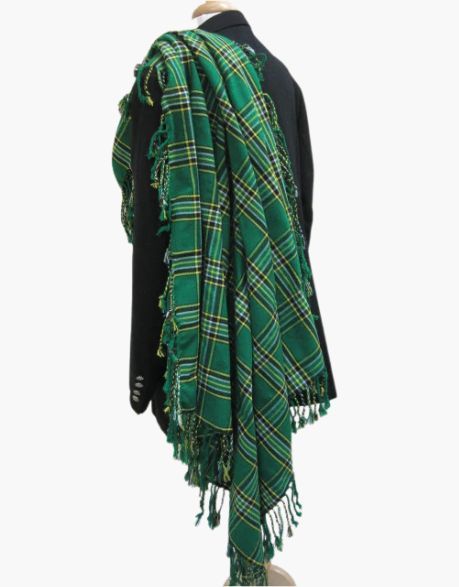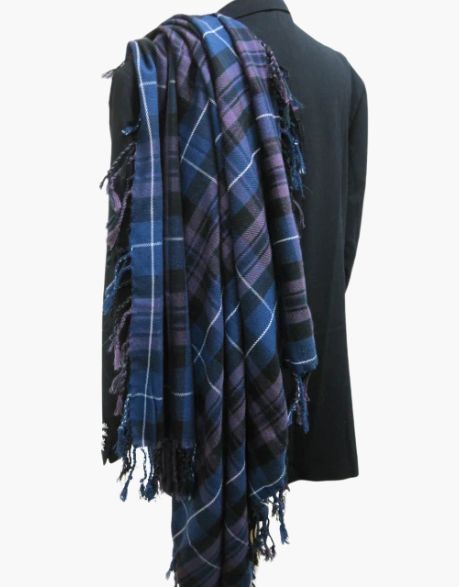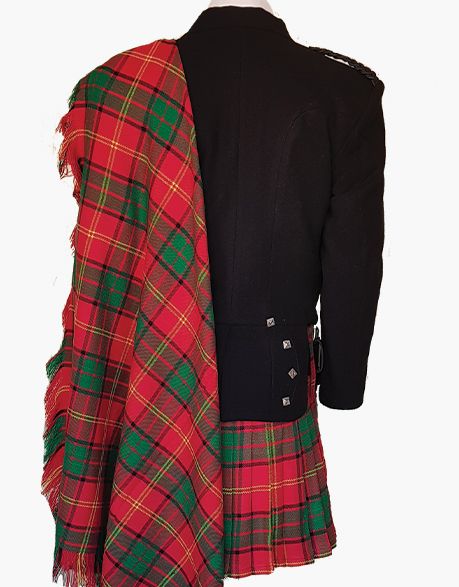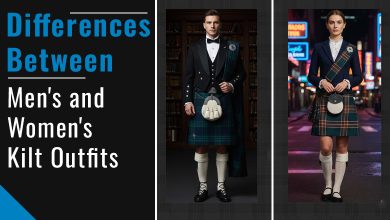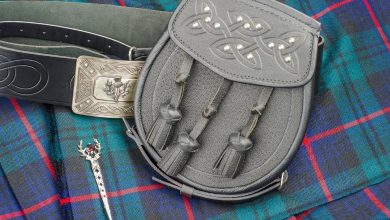The Fly Plaid: A Distinctive Element of Highland Dress
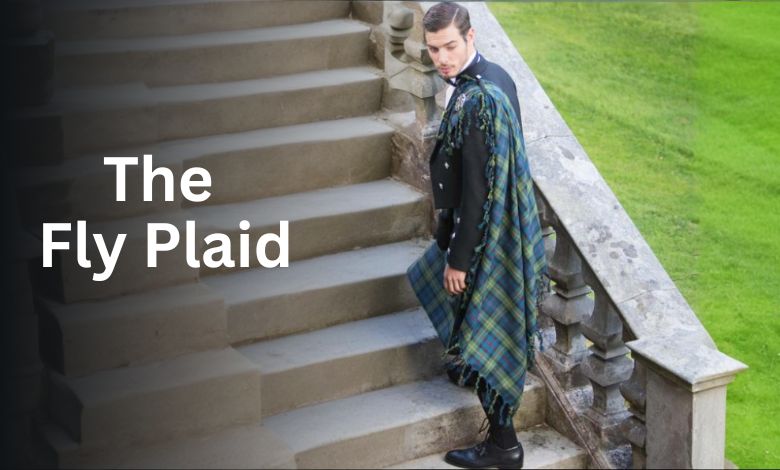
A fly plaid is a part of a kilt outfit which is a large piece of cloth draped over one shoulder. It is among the accessories that complete Scottish outfits. As a traditional part of Scottish attire, it is an ideal option for formal Scottish events or where a person wears a complete kilt outfit. Many first-time kilt wearers may not be familiar with this component. In this article, we will discuss several points here from the historical background of fly plaids to wearing tips, mistakes to avoid, and many other things. Let’s begin!
Table of Contents
ToggleHistorical Background
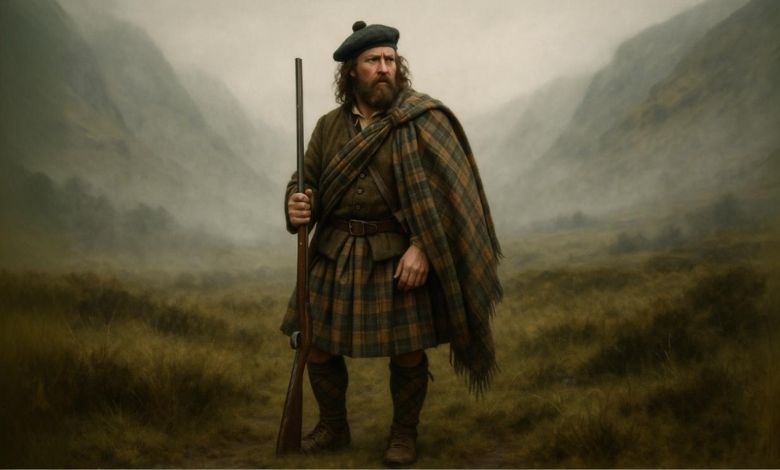
The origin of fly plaid is as ancient as traditional tartan kilts. Fly plaid initially was a part of the Great Kilt. This variation of the kilt used a larger piece of fabric. A particular part of the fabric was wrapped around the body, while the rest of the fabric was draped over the shoulder. The fabric on the shoulder was fly plaid then. It remained unchanged for two centuries before becoming more defined in the 18th century. Scots started wearing it as a separate part of their attire. The plaid patterns chosen were affiliated with the kilt’s design.
Evolution of the Fly Plaid in Scottish Military Dress
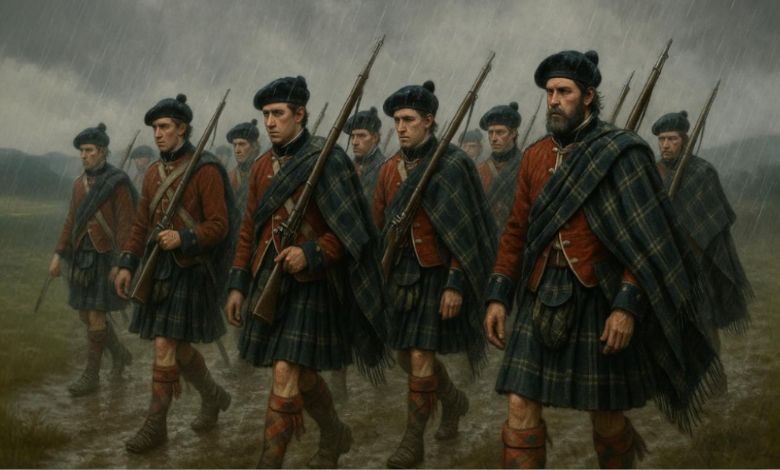
Some may not know that Scottish military dress positively impacted the evolution of fly plaid. The plaid appeared as a part of Highland military dress in the Scottish Army in the 1720s. It performed as a practical clothing that helped soldier’s to keep their rifle and bullets dry in the rainy weather. Therefore, it remained part of the military’s full-dress uniform during the 1800s and early 1900s. However, by 1914, mostly officers, sergeants, and pipers used to wear it.
Symbolism and Cultural Significance
As we know, this piece of fabric also has tartan patterns, so the mind unintentionally goes toward the clan symbols and their cultural significance. Like tartan kilts, they also favor clan identity. Likewise, they are worn at formal events like Scottish weddings where the groom’s attire is to admire his culture. Moreover, fly plaids are common to spot at social gatherings having cultural importance too. In short, they have the same level of importance that tartan kilts have.
Design and Construction
They are rectangular in shape, typically measuring between 39 and 56 inches per side depending on the choice of wearers. Tartan makes them with the same patterns that the kilts have. However, their construction is very interesting since they have fringed or purled edges. They are typically pressed to remove wrinkles and maybe hand-purled for a luxurious finish.
How to Properly Wear a Fly Plaid
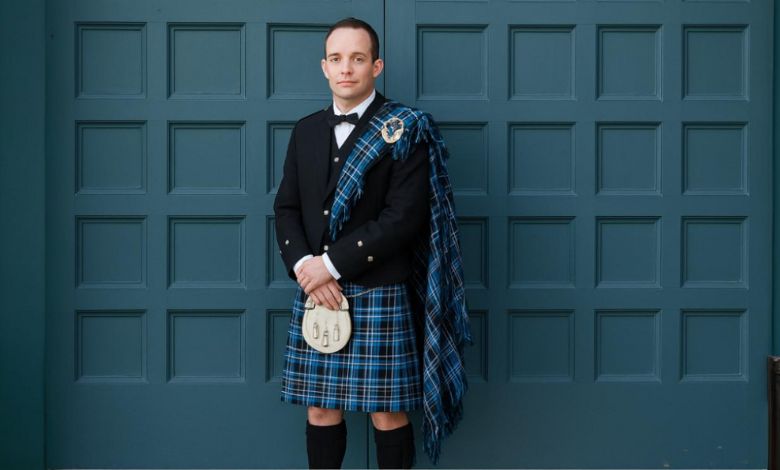
Do you know what are the most essential considerations while wearing traditional Scottish attire? It is to wear it properly. Every part of the outfit should sit accurately where it belongs. Therefore, attaching a tartan plaid accurately requires a bit of struggle for newbies. The way to attach it is given below:
- Drape your fly plaid over the left shoulder.
- Use a fly plaid brooch to secure the fabric. Attach it to the plaid only so it may not damage the jacket.
- The brooch should be pinned near the left shoulder, close to the upper chest.
- The front side of the plaid reaches the breast of the wearers while the back corner should fall to the kilt’s length.
Choosing the Right Fly Plaid for Your Outfit
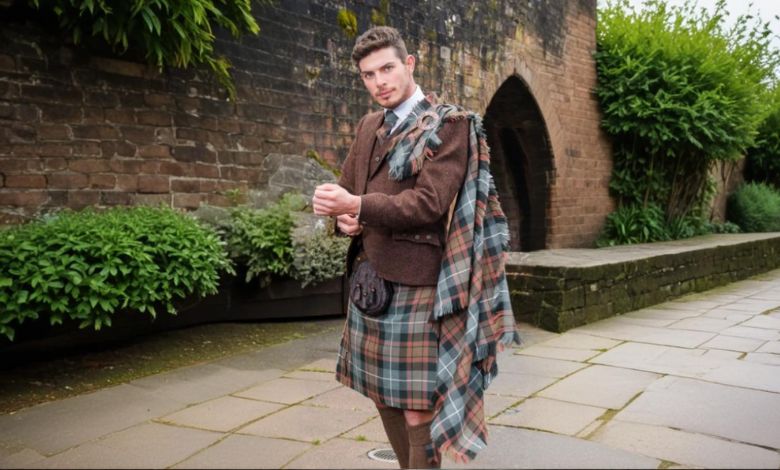
There is something else that also has great significance before you pair a plaid fabric with your outfit. It is important to select the ideal or right one for you because a little carelessness here can ruin your personality.
Match with Kilt: First of all, match the tartan with the kilt and ensure using the same tartan patterns.
Ensure Correct Sizing: Consider your height and how you want to drape it over the shoulder and decide a size then. It helps adopt perfect aesthetics.
Check Event’s Theme: Fly plaids are traditionally suitable for formal occasions, so try not to pair them with casual outfits. Therefore, wearing a fly plaid casually may seem overly formal.
Brooch Style for Different Settings: Tartan plaids are incomplete without a brooch. So, ensure choosing a brooch with traditional emblems like one engraved with the thistle, the National Flower of Scotland.
How the Fly Plaid Complements Other Highland Accessories
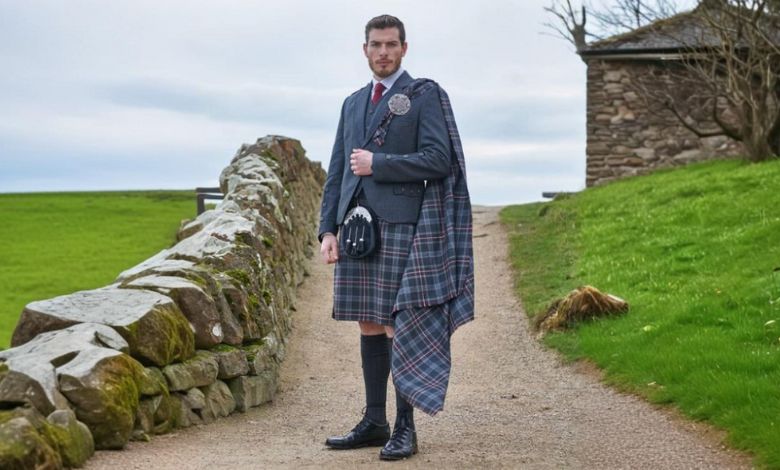
Undoubtedly, fly plaid complements the other accessories of Traditional Scottish Dress, in multiple ways: culturally and aesthetically. Below is the list of kilt accessories and details how plaids complement them.
Tartan Kilts: Fly plaids are not suitable to wear with all men’s kilts but traditional tartan kilts. It is natural to wear the same tartan which helps them complement each other.
Sporrans: A sporran is a leather pouch and an important and traditional part of a kilt outfit. Both of them fly plaid and sporran complements the Scottish dress aesthetically.
Kilt Shoes: When dressing a kilt outfit where fly plaid is its part. Ensure opting for an appropriate pair of shoes, such as kilt shoes or dress shoes to complete the look.
Kilt Hoses: Kilt hoses, also known as kilt socks, are a fabric accessory that often matches the color of the kilt. Similarly, a fly plaid with the kilt enhances the overall look. This means the fly plaid and socks typically coordinate in style and appearance.
Common Mistakes When Wearing the Fly Plaid

Wearing a fly plaid needs a bit of attention. People usually make some mistakes here which are not affordable at any cost. Some major mistakes are here which you should ignore:
- Newbies usually do not drape their plaids accurately which must not be done at any cost.
- Improper placement of the brooch is another common issue which primarily does not look good and equates to disrespecting the attire.
- Even slight mismatches between the fly plaid and the kilt tartan can be noticeable. So, wearers must be careful.
Shop Authentic Fly Plaids at Utility Kilt
Now that you know how to properly wear fly plaids and what mistakes to avoid, it’s time to buy the perfect one for you. Don’t underestimate the importance of fabric quality when buying a fly plaid. If looking for quality and affordability, The Utility Kilt offers both facilities with hassle-free return and exchange policies. Some exceptional products you should consider are:
